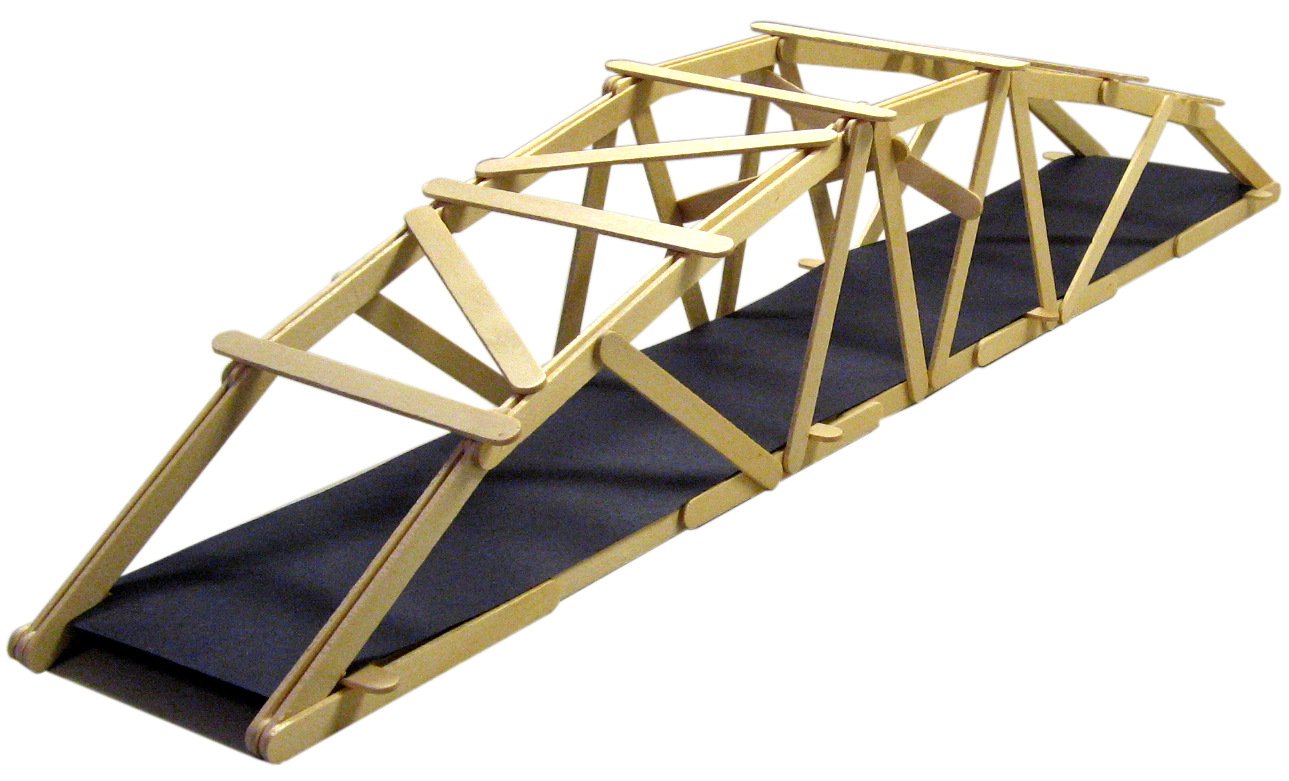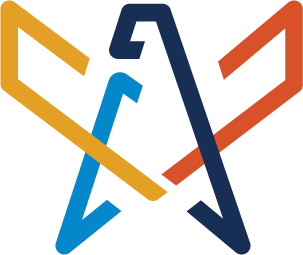
K-12 STEM Lessons & Resources
Summer Professional Learning Opportunity:
STEM Teacher Leadership Academy
During this immersive week, educators will take part in collaborative, hands-on workshops and gain a deeper understanding of basic science research from a variety of specialists. Participants will have the unique opportunity to explore informal learning practices within the National Air and Space Museum and learn from various subject matter experts.
Our mission is to provide a space for authentic learning, creative problem-solving, and cooperative planning for K-12 teachers who are looking to expand upon their skillset and provide opportunities for student-driven inquiry in the classroom.
Summer Teacher Feature
Desa Elwell
Integrated Engineering Teacher
Thomas A. Edison High School
Fairfax County Public Schools, Virginia
We are pleased to introduce Desa Elwell as our latest Teacher Feature! Desa is a career-switcher who has been taking part in AFOSR STEM professional learning programs since 2023. We are thrilled to highlight this incredible educator and share the impact she is making in her CTE classroom. From Desa:
“I enjoy teaching students how to use basic tools, and I frame those lessons as not just learning to use the tools here in my classroom, but also learning skills that you will be able to use for the rest of your life. I also enjoy the days when I am able to see a team working cohesively together to put something together using power tools and helping each other out while doing so. “
Desa is a member of our ACCESS Lending Library Program and was selected for our inaugural STEM Teacher Leadership Academy cohort in 2023!
AFOSR Teacher Feature Collection See past Teacher Feature Recipients!
AFOSR K-12 STEM Resource Library
-

Hypersonics STEM Curriculum
The Hypersonics STEM Curriculum, developed by the Joint Hypersonics Transition Office, is a collection of K-12 lessons designed to introduce students to the topic of Hypersonics while covering NGSS-aligned science content. These lessons use the 5E model and aim to have students actively engaged in the learning process.
Audience: Grades 3-12
Time: 35 - 105 minutes (depending on resource)
Key Terms: Physics, Forces, Engineering Design Challenge, Speed, Velocity, Energy
-

AFOSR Engineering Design Challenge Database
This growing library of educational resources is designed by AFOSR high school interns working within the National Capital Region. Throughout the course of the academic year, these interns have planned and developed these unique, NGSS-aligned challenges for K-12 classrooms.
Audience: K-12
Time: Varies
Key Terms: Forces, Engineering Design, Simple Machines
-

STEM Activity Series from FIRST
You might know of FIRST from their robotics competitions, but they really offer so much more! Each activity in these series features a specific skill area and topic for students to work through using the engineering design process and can be done individually or in collaboration, used as a stand-alone lesson, or bundled together as a series to deepen STEM learning.
-

The Aloha Telescope Project
Click here for 2023/2024 viewing information
The Georgia Tech (GT) Observatory offers schools a unique opportunity to view the Moon and other objects in the night sky – during the school day! Through remote control and viewing with the Aloha Telescope in Maui, students can experience a live viewing using a. telescope from their classrooms.
Depending upon viewing conditions, celestial objects such as the Moon, planets, galaxies, nebulae, and more are viewable using the Aloha telescope! All viewing sessions are from 8:30a to 10:30a ET unless otherwise communicated.
Audience: Grades K-12
Time: 120 minutes per session
Key Terms: Astronomy, Telescopes, Lunar Phases, Light, Physics
-

DeterLab's Cybersecurity Resources
The DETER (cyber DEfense Technology Experimental Research Laboratory) Project offers hands-on security education to a wide range of colleges and universities.
This page contains links to cybersecurity exercises, which are teaching 6-12 grade students about various cybersecurity threats and defenses in a safe, isolated Deterlab testbed. Students get to see threats in action and to implement and observe the effect of cyberdefenses.
Audience: Grades 6-12
Time: 1-2 hours for each module
Key Terms: Cybersecurity, Passwords, Phishing, Buffer Overflow,
-

The Electrostatic Force
This resource is a part of a catalog of upcoming web resources called Tesla’s Dream STEM Curriculum. Stay tuned for more additions!
In this lesson, students will explore the electrostatic force by building a sensor capable of detecting an electrically charged object. They will then use the sensor to investigate how different materials become more easily charged than others and develop their own Triboelectric Table.
Audience: Grades 9-12
Time: 90 minutes
Key Terms: Electrostatic Force, Polarization, Triboelectric Effect
-

Materials in Extreme Environments: Material Science
This module is designed to be engaging for students with mix-and-match hands-on activities related to material science and Space Shuttle design. Teachers are provided with a "teacher-facing" protocol and optional slides to walk through the activities for students.
Audience: Grades K-6
Time: 50 minutes per lesson, 5 lessons total
Key Terms: Vacuum, Material Science, Radiation, Thermal Energy, Composite Materials, Properties of Matter
Lesson 1: Suitable Materials for Space Travel -- Student Instructions/Teacher Instructions
Lesson 2: Exploring Materials for Space Travel -- Student Instructions/Teacher Instructions
Lessons 3 & 4: Exploring Temperature Impact on Materials -- Student Instructions/Teacher Instructions
Lesson 5: Evaluating and Selecting Composite Materials Suitable for Space Travel -- Student Instructions/Teacher Instructions
-

Materials in Extreme Environments: Aerodynamics
This module is designed to be engaging for students with mix-and-match hands-on activities related to aerodynamics and Space Shuttle design. Teachers are provided with a "teacher-facing" protocol and optional slides to walk through the activities for students.
Audience: Grades K-6
Time: 50 minutes per lesson, 5 lessons total
Key Terms: Gravity, Aerodynamics, Aviation, Aerospace Engineering
Lesson 1: Exploring the Effect of Gravity -- Student Instructions/Teacher Instructions
Lesson 2: Exploring Center of Gravity -- Student Instructions/Teacher Instructions
Lesson 3: Exploring the Impact of Turbulent Air Flows -- Student Instructions/Teacher Instructions
You can find our printable airplane schematics here! Need help folding? Check out our instructional videos.
Lesson 4: Designing Shuttles to Perform Within Turbulent Air Flows -- Student Instructions/Teacher Instructions
Lesson 5: Selecting a Final Design and Calculating Cost -- Student Instructions/Teacher Instructions
-

Optics & the human Eye
The rules of optics are predictable and finite. People interact with light reflection and refraction on a regular, constant basis. Students are likely familiar with reflection and refraction concepts, but this simple demonstration can help them gain a new understanding. Using lasers, students will investigate reflection and refraction, lens and mirror properties, and optical devices.
Audience: Grades 7-12
Time: N/A (Supplemental Demonstrations for the classroom)
Key Terms: LASER, Reflection, Refraction, Lenses, Mirrors
-

Light Interactions with Gummy Bears
Gummy bears, as it turns out, are great for demonstrating the otherwise abstract concepts that describe the most basic of light-matter interactions: absorption, transmittance, and reflection.
Audience: Grades 7-12
Time: 30-45 minutes
Key Terms: Absorption, Transmittance, Reflection, LASER, Wavelength, Frequency




